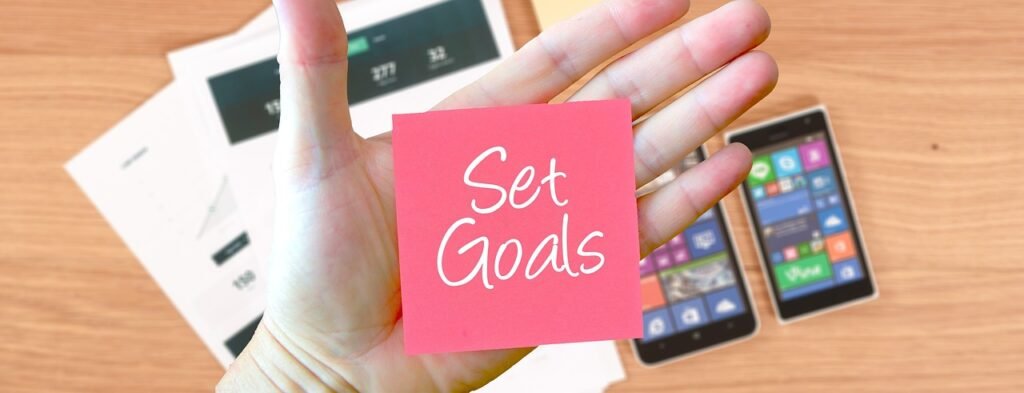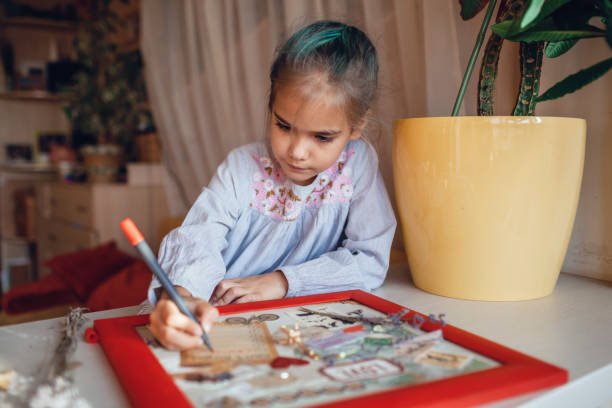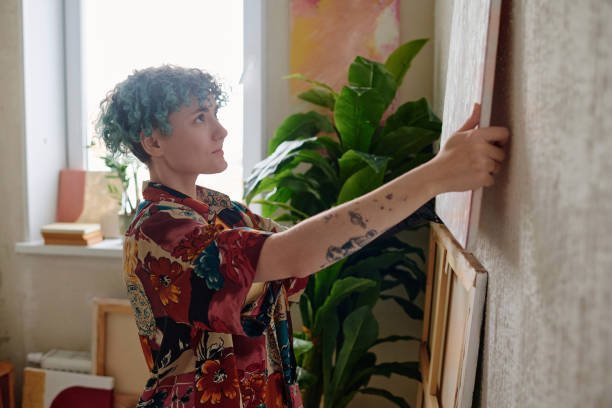This post may contains affiliate links. If you purchase through these links, I may earn a small commission at no additional cost to you.

A vision board is a powerful tool for turning dreams into reality. It serves as a visual representation of your aspirations and a constant reminder of your goals. When it comes to fitness, a vision board can help you stay focused, inspired, and motivated to achieve the results you want. In this blog post, we’ll dive into the process of creating a vision board for your fitness goals, along with actionable tips and recommendations for tools to help you succeed.
Why a Vision Board Works

A vision board is more than just a collection of images and words. It taps into the psychology of visualization, helping you:
- Clarify Your Goals: Define what you truly want to achieve.
- Stay Motivated: Keep your fitness journey exciting and purposeful.
- Maintain Focus: Avoid distractions and stay on track.
By placing your vision board in a prominent location, you create a daily reminder of your goals, making it easier to take consistent action.
Step 1: Define Your Fitness Goals

Before you start gathering materials for your vision board, take some time to reflect on your fitness aspirations. Consider:
- What do you want to achieve? (e.g., lose weight, gain muscle, run a marathon)
- Why is this goal important to you?
- How will achieving this goal improve your life?
Write down your answers and prioritize them. Clarity is key when creating a vision board that resonates with your desires.
Use a fitness journal like the Fitbook Journal to jot down your goals and track your progress.
Step 2: Gather Inspiration and Materials

Once you’ve defined your goals, start collecting images, quotes, and other materials that represent your vision. Here’s what you’ll need:
- Magazines and Printouts: Look for inspiring fitness images and motivational quotes.
- Photos of Yourself: Include a picture of yourself to personalize your board.
- Craft Supplies: Gather scissors, glue, markers, and a corkboard or poster board.
- Fitness Tools: Items like resistance bands or a yoga mat can symbolize your commitment.
The Gaiam Yoga Mat is a great addition to your fitness toolkit. It’s perfect for stretching, yoga, and other exercises.
Step 3: Create Your Vision Board

Now it’s time to bring your vision board to life. Follow these steps:
- Set Up Your Workspace: Find a clean, quiet area where you can spread out your materials.
- Organize Your Content: Arrange your images and quotes before gluing them down.
- Make It Personal: Add elements that resonate with you, such as your favorite colors or a motivational mantra.
- Add Practical Elements: Include a calendar or checklist to track milestones.
Step 4: Place Your Vision Board Strategically

Your vision board should be visible and easily accessible. Some great places to display it include:
- Your bedroom wall
- Your home gym
- Your office desk
Seeing your vision board every day reinforces your goals and encourages you to take consistent action.
Step 5: Take Action Every Day

A vision board is a powerful motivator, but it’s not a magic wand. To achieve your fitness goals, you must take daily steps toward them. Here are some ideas:
- Exercise Regularly: Commit to a workout routine that fits your lifestyle.
- Track Your Progress: Use tools like a smart scale to measure your improvements.
- Celebrate Small Wins: Acknowledge milestones to stay motivated.
The Runstar Smart Body Scale is an excellent tool for tracking weight, body fat, and muscle mass.
Tips for Maintaining Your Vision Board
- Update It Regularly: Refresh your vision board as you achieve goals or set new ones.
- Keep It Positive: Focus on uplifting and inspiring content.
- Engage with It Daily: Spend a few moments visualizing your success each day.
Real-Life Success Stories
Here are two inspiring examples of people who used vision boards to achieve their fitness goals:
Sarah’s Weight Loss Journey
Sarah created a vision board featuring images of healthy meals, her target weight, and motivational quotes. By focusing on her board daily, she stayed committed to her fitness routine and lost 30 pounds in six months.
James’s Marathon Goal
James wanted to run his first marathon. His vision board included photos of runners, a race bib, and a medal. Seeing these images every day motivated him to train consistently, and he completed his marathon within a year.
Are you ready to create your own fitness vision board? Start by defining your goals, gathering materials, and assembling a board that inspires you. Take the first step toward making your fitness dreams a reality. Let’s turn your vision into action!
You’ve got it!
